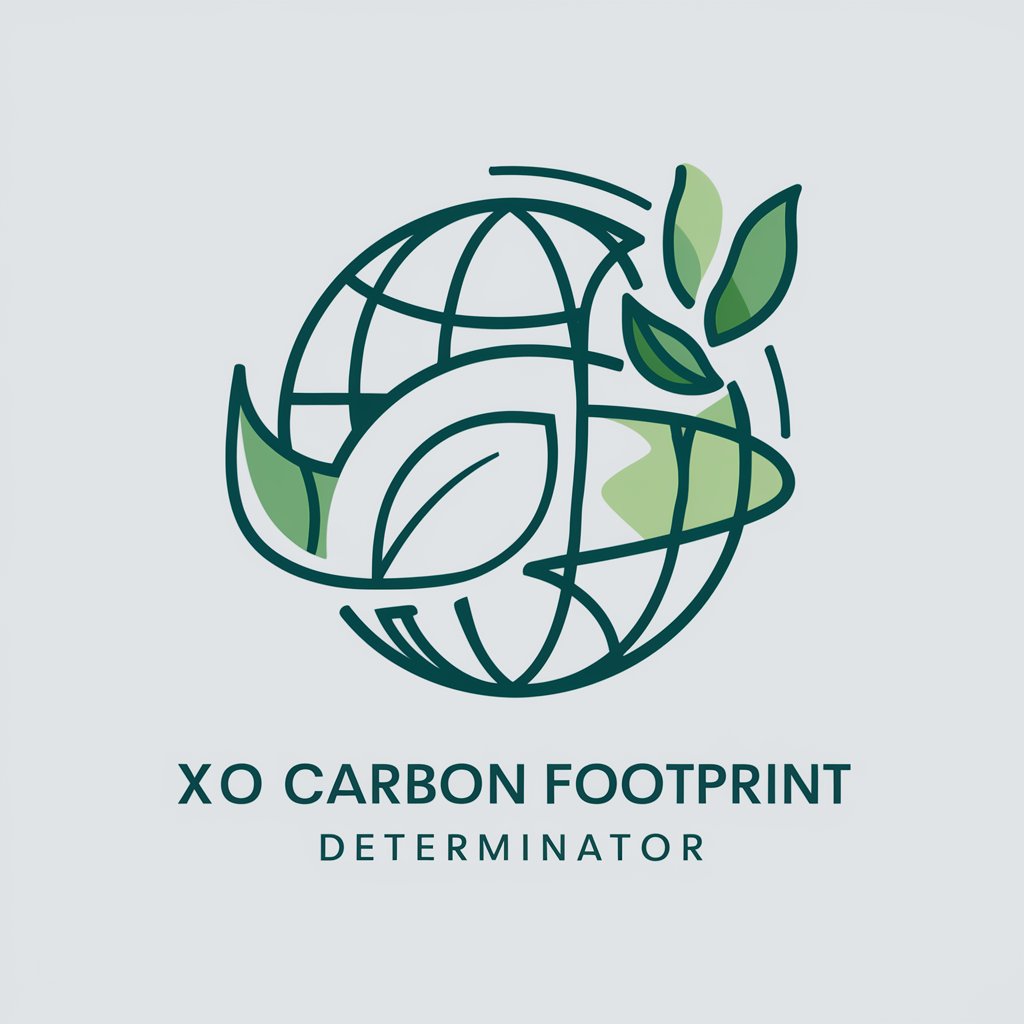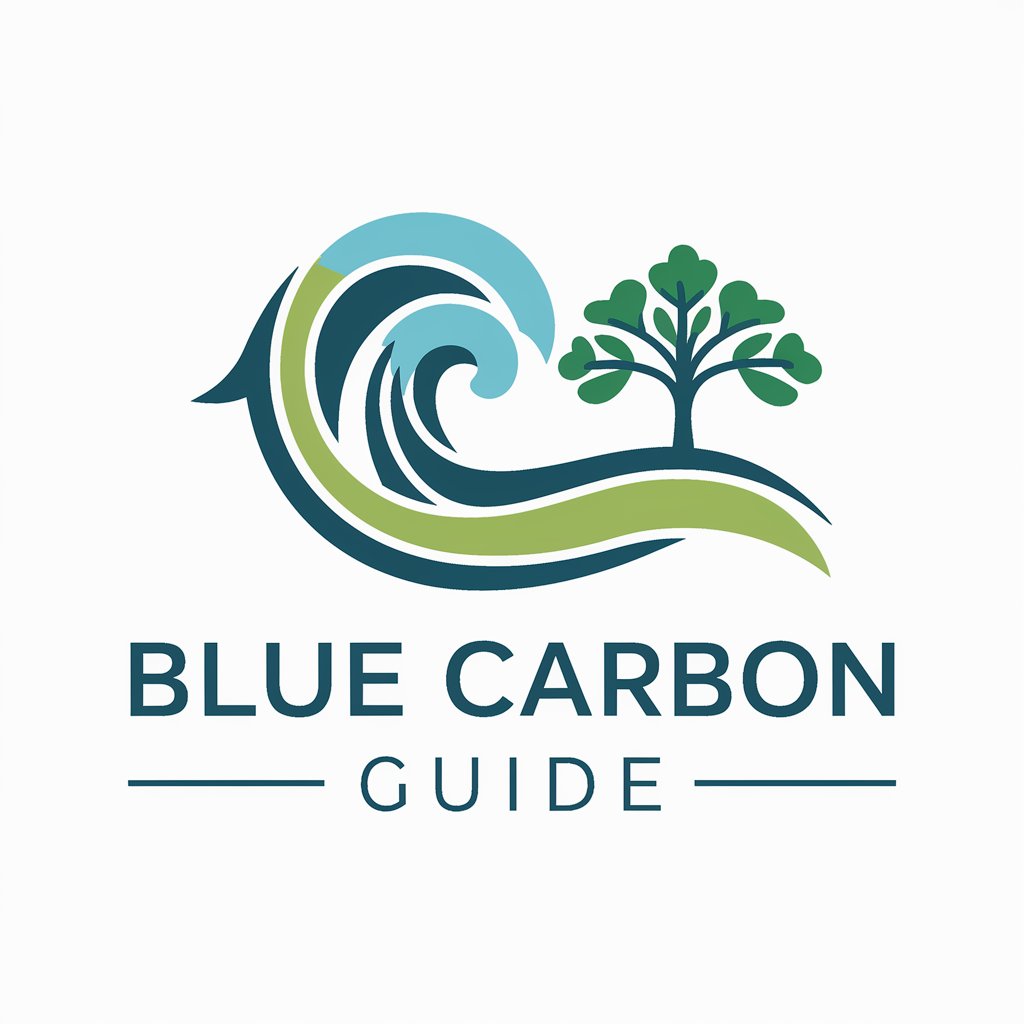Tuuli: Embodied Carbon Assistant - Embodied Carbon Analysis

Hello, I'm here to help with embodied carbon reduction in buildings!
Optimize sustainability with AI-powered embodied carbon insights.
Help me find some low carbon materials that I can use for my construction
What are sustainable materials for high-rise buildings?
I'm looking a low carbon concrete alternative to what I'm currently using, can you help?
Get Embed Code
Introduction to Tuuli: Embodied Carbon Assistant
Tuuli: Embodied Carbon Assistant is designed to serve as an expert system for professionals and individuals seeking guidance on reducing embodied carbon in building materials and construction processes. It integrates the openEPD database, providing access to real-world Environmental Product Declarations (EPDs) to inform choices about construction materials. Tuuli aims to make sustainable building practices more accessible by offering data-driven recommendations, thus contributing to the global effort to mitigate climate change. For instance, an architect planning a new building can use Tuuli to find low-carbon alternatives for concrete, comparing different products' Global Warming Potential (GWP) to select the most sustainable option. Powered by ChatGPT-4o。

Main Functions of Tuuli: Embodied Carbon Assistant
Comparative Analysis of Building Materials
Example
An engineer can compare the embodied carbon of various insulation materials, utilizing Tuuli's database to identify options with the lowest GWP, thereby making an informed decision that aligns with sustainability goals.
Scenario
Selecting sustainable insulation materials for a residential project.
Sustainability Reporting Support
Example
A construction project manager can generate reports on the embodied carbon footprint of their project, leveraging Tuuli's comprehensive database and analytical tools to meet sustainability reporting requirements.
Scenario
Preparing a sustainability report for a commercial building project.
Educational Resource for Sustainable Practices
Example
Students and professionals can access detailed information on the environmental impact of construction materials, enhancing their understanding and ability to implement sustainable design and construction practices.
Scenario
Educational workshops or courses focusing on sustainable building designs.
Ideal Users of Tuuli: Embodied Carbon Assistant Services
Architects and Designers
Professionals in architecture and design can use Tuuli to integrate sustainable materials into their projects from the outset, optimizing designs for lower embodied carbon.
Construction Project Managers
Project managers can utilize Tuuli to track and reduce the carbon footprint of their construction projects, making data-driven decisions to meet sustainability targets.
Educators and Students
In the academic setting, Tuuli serves as a valuable teaching and learning tool, offering insights into sustainable building practices and materials for future professionals.
Policy Makers and Sustainability Advocates
Policy makers and advocates can leverage insights from Tuuli to inform policy development and advocacy efforts aimed at reducing the construction industry's carbon emissions.

How to Use Tuuli: Embodied Carbon Assistant
Start Your Journey
Begin your exploration of embodied carbon reduction by visiting yeschat.ai for a seamless, no-login, free trial experience.
Define Your Material
Specify the type of construction material you're interested in. Tuuli supports a wide range of materials, from concrete to timber, offering GWP (Global Warming Potential) data and recommendations.
Consult Case Studies
Leverage Tuuli's integrated access to detailed case studies and recommendations from the EBC_Annex_57 documentation. These studies provide insights into effective embodied carbon reduction strategies.
Use openEPD Data
Utilize Tuuli’s integration with openEPD to find real-world Environmental Product Declarations (EPDs) that match your material specifications, ensuring your choices are backed by up-to-date environmental impact data.
Optimize Your Selection
Based on the insights from case studies and EPD data, make an informed decision on the optimal material choice for reducing embodied carbon in your project.
Try other advanced and practical GPTs
XO Carbon Footprint Determinator
Empower Your Eco-Decisions with AI

Carbon Cost Estimator
Optimize Manufacturing with AI Insights

Carbon Insight
Unlocking the Secrets of Carbon Sequestration

Blue Carbon Guide
Empowering Blue Carbon Intelligence

Carbon Emission Analyzer
Empower sustainability with AI-driven insights

Carbon Footprint Tracker
Track, analyze, and reduce your carbon footprint with AI-powered insights.

Carbon Footprint Expert for Enterprises
Empowering businesses with AI-driven sustainability.

College Admissions GPT
Empowering Your College Journey with AI

JEE (Joint Entrance Exam) Prep Assistant
Empower Your JEE Preparation with AI

Interview Guide
Ace Your Next Interview with AI

算数マスター
Empowering Math Mastery with AI

A Night in a black old Castle.
Unravel mysteries in an AI-powered gothic tale.

Frequently Asked Questions about Tuuli: Embodied Carbon Assistant
What is Tuuli: Embodied Carbon Assistant?
Tuuli is a specialized AI assistant designed to help architects, engineers, and construction professionals reduce the embodied carbon footprint of their projects. By integrating real-world data from openEPD and case studies from EBC_Annex_57, Tuuli provides actionable recommendations and data on construction materials' Global Warming Potential (GWP).
How does Tuuli integrate with openEPD?
Tuuli seamlessly accesses the openEPD database to retrieve and analyze Environmental Product Declarations (EPDs) relevant to your specified materials. This integration allows Tuuli to present the latest data on the environmental impact of a wide range of construction materials, aiding in making more sustainable choices.
Can Tuuli assist in reducing the embodied carbon in refurbishment projects?
Yes, Tuuli is equipped to provide recommendations for both new constructions and refurbishment projects. By consulting case studies and EPDs, Tuuli can suggest materials and strategies that minimize embodied carbon, enhancing the sustainability of refurbishments.
What types of construction materials can Tuuli provide information on?
Tuuli covers a broad spectrum of construction materials, including but not limited to concrete, steel, wood, and insulation materials. For each material type, Tuuli can provide insights into its embodied carbon impact, supported by EPD data and relevant case studies.
How can Tuuli improve the sustainability of construction projects?
By guiding users toward selecting materials with lower embodied carbon and adopting proven carbon reduction strategies outlined in EBC_Annex_57 case studies, Tuuli plays a crucial role in making construction projects more sustainable. This not only helps in reducing the carbon footprint but also in achieving compliance with green building standards and certifications.
